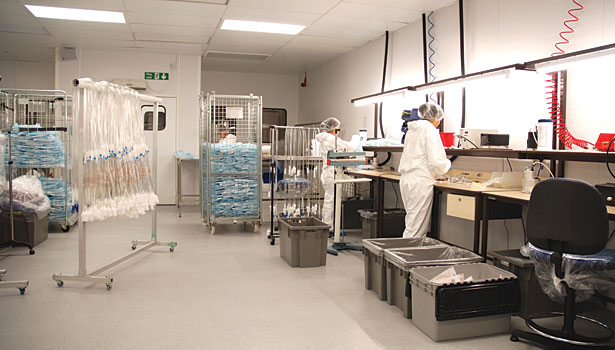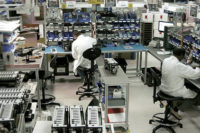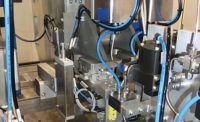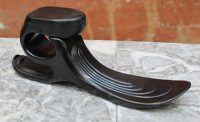Beginning this month, manufacturers and importers of most medical devices will incur a 2.3 percent excise tax on total revenue from sales of the devices. The tax is expected to generate $20 billion over a 10-year period to offset some of the cost associated with the Patient Protection and Affordable Care Act.
The tax will be levied on all classes of medical devices. The only exceptions will be items typically purchased by consumers for individual use, such as hearing aids, pregnancy test kits and contact lenses.
On Nov. 14, a coalition of medical device manufacturers, physician groups, venture capital firms and trade associations submitted a letter to Senate leadership urging policymakers to repeal the tax. The Medical Device Manufacturers Associa-tion (MDMA), Medical Imaging & Technology Alliance (MITA) and the Advanced Medical Technology Association were among the 805 signatories to the letter. That same month, more than 50 executives from medical device manufacturers met with members of Congress to persuade them to repeal the tax.
“We are already seeing the negative impact this onerous policy is having on jobs and innovation, and America’s med tech innovators can’t afford to find out what implementation of the device tax would bring,” says Mark Leahey, president and CEO of MDMA. “At a time when elected officials are looking for more manufacturing jobs based in innovative industries, repealing this tax is a win-win for patients and workers.”
“Without action from Congress, implementation of the medical device tax will cost our economy thousands of high-paying jobs,” adds Gail Rodriguez, executive director of MITA. “These job losses will directly impact patient access to the most advanced, life-saving medical technologies available.”
In December, 17 Democratic senators and senators-elect—many of whom voted for Obamacare—signed a letter urging for a delay in implementing the tax. The letter was addressed to Senate Majority Leader Harry Reid and said the “the medical device industry has received little guidance about how to comply with the tax—causing significant uncertainty and confusion for businesses.” It requested a delay be included in the bill Congress is negotiating to avoid the so-called fiscal cliff.
President Obama has so far rejected the idea of delaying implementation of the tax. The president argues that medical device manufacturers would make up for the lost revenue because the Affordable Care Act will bring some 30 million new healthcare consumers into the marketplace.
Proponents of the tax also dispute industry predictions that implementing the tax would slash revenues, reduce R&D spending, and cost thousands of jobs.
A recent Bloomberg Government analysis found such claims were not credible. For starters, the analysis determined that the medical device industry exaggerated the degree to which healthcare spending is affected by price increases. Device makers claim that if they passed part of the tax on to consumers, the resulting price increase could lead to an equal or greater percentage decrease in sales—what economists call elastic demand. However, according to the report, healthcare spending is typically inelastic. When prices go up, demand falls by only a fraction as much. A 2006 review of the economic literature by Mathematica Policy Research found an average elasticity of 0.2, meaning a 2 percent drop in demand for every 10 percent increase in price.
And, because the tax applies to all medical devices sold in the United States, regardless of where they are made, warnings of job losses to offshore competition are overblown. As a result, U.S. companies selling domestically have no new incentive to move production outside the country. Devices made in the United States for export are exempted from the tax.




